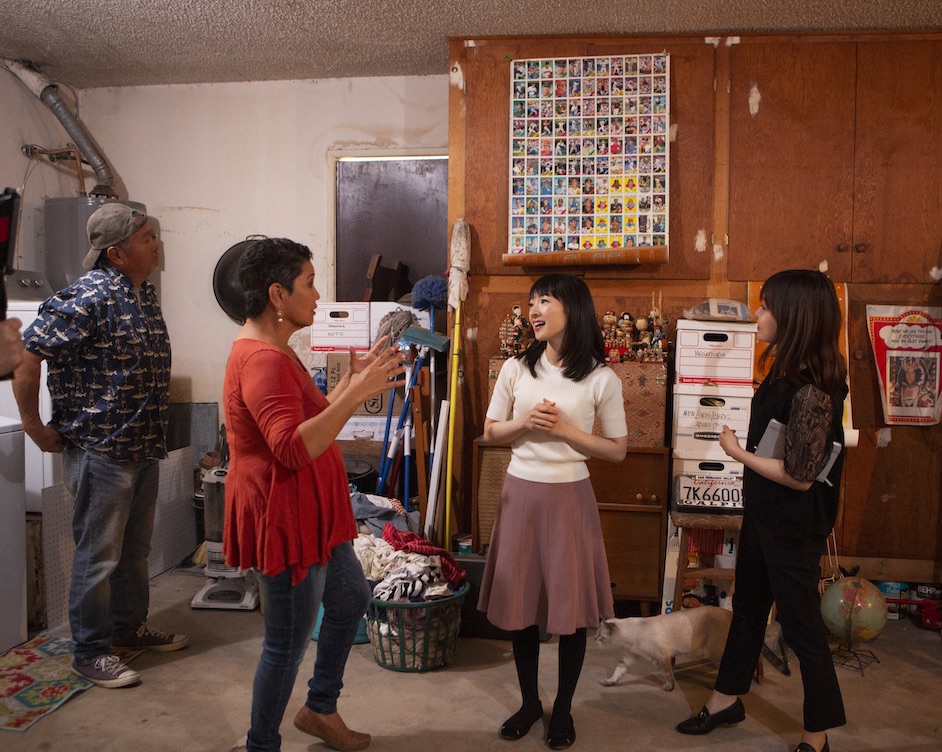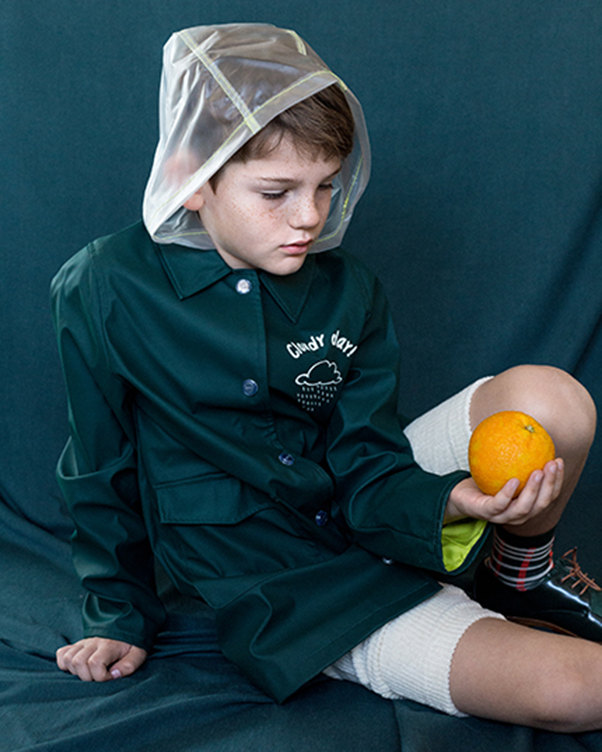

Cleaning up with Marie Kondo: Tips for families
DIY, LIFESTYLE, Living
Everybody is talking about the KonMari Method of decluttering. And it seems that Marie Kondo is changing lives everywhere! Have you read one of her books or seen her Netflix show?
Keeping order in a single household is usually already difficult enough. But once you add new members to the family, aka children, many young couples face further challenges.
After all, a child brings all kinds of changes and often chaos. So how can we keep order with a baby? We watched “Cleaning up with Marie Kondo” and collected the best tips for us as well as you.
And best of all: Just a few simple tricks are all it takes to tidy things up for families.

Diapers, pacifiers, rattles – one big mess. Nowhere is more chaos than in a household with babies and toddlers. Especially the bedroom (attention: rising mountains of laundry) or living room (beware of toys lying around) are often one giant mess. And how could it be any different?
Especially in the first months, you have more important things on your mind than tidying up.
But do not despair. We copied some tips for young families from cleaning professional Marie Kondo and how you can use the trendy KonMari method of decluttering even though you are a super busy mom.
Who’s Marie Kondo?
“I want to bring order and more joy to the world,” says the bestselling author from Japan. Inspired by her mother’s interior magazines, Marie Kondo developed the system as a child, which was given its own word in English: to kondo. Today Marie gives seminars in which she teaches conscious consumption and cleaning up and presents this as the starting point of inner order. At the age of 27, she published her first book “Magic Cleaning”. Her three books have been translated into 27 languages and sold more than 7 million copies worldwide. By the way: the 34-year-old order consultant is a mother of two children herself.
How does the KonMari method work?
Basically, the KonMari method of decluttering takes the emotional attachment we have to belongings and offers the notion that you only keep things that ‘spark joy’. It is actually quite simple: We only keep what really makes us happy and gives us pleasure. The rest is thrown away. The whole process should last a maximum of six months for a family household and be carried out in a certain order or according to certain categories: clothes, books, paper, miscellaneous items, and sentimental items.

The six rules of the KonMari method:
1. Self-motivation
Even if you don’t feel like cleaning up, always motivate yourself to create order. Small rewards like coffee and cake afterward or inspiring pictures on Pinterest can help.
2. The perfect lifestyle
How would I like to live myself? How would I like to design my environment and my living space? Only when you have asked yourself these questions, creating order really starts to make sense.
3. Separate
Sort out anything you don’t want to keep. This garment hasn’t been worn for a year? Away with it! These sunglasses have been in the closet for decades? Then I will certainly not wear them next summer either.
4. Categories instead of rooms
Always think in categories instead of rooms. According to the KonMari method, you should first take on clothes, then books and paperwork next. And right down to the most important category: memorabilia!
5. Follow the right order
Following the KonMari method, clothes, books, paper, miscellaneous items, and sentimental items. Because, after all, the sentimental items are the hardest to part with.
6. Does it spark joy?
Always ask yourself if something makes you happy. If you don’t associate positive feelings with it, it can go away. Sometimes it can be so easy!
How do you fold baby clothes?
And even if the whole project costs some time and effort and in the end, you might not have a perfect family home à la Kondo, you learn to consume more consciously. Maybe in the future, you will be able to save up on for a new favourite piece and leave unnecessary bits and pieces in the shop.
Remember our article about decluttering children’s rooms? You will find some Marie Kondo inspiration in there too.









































